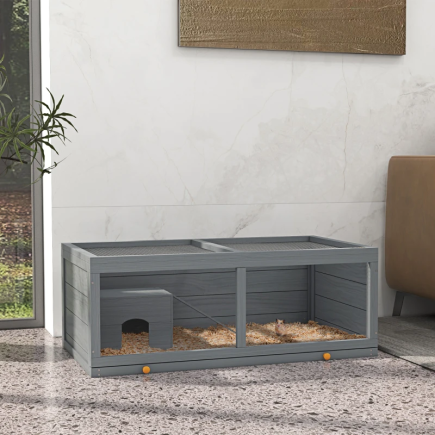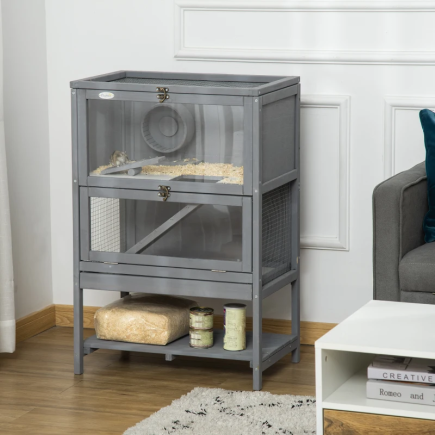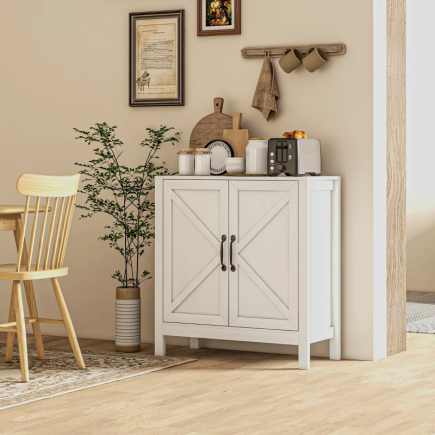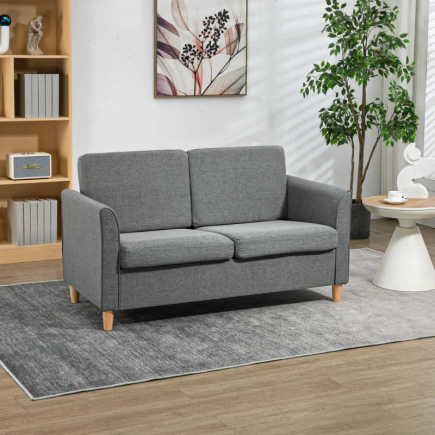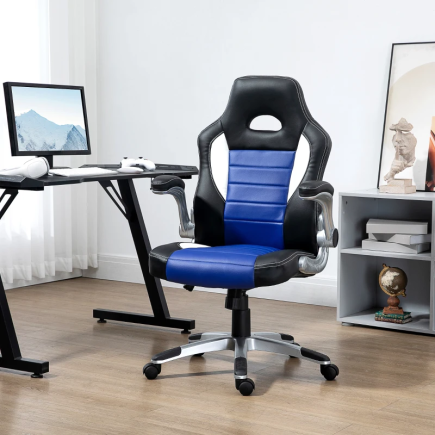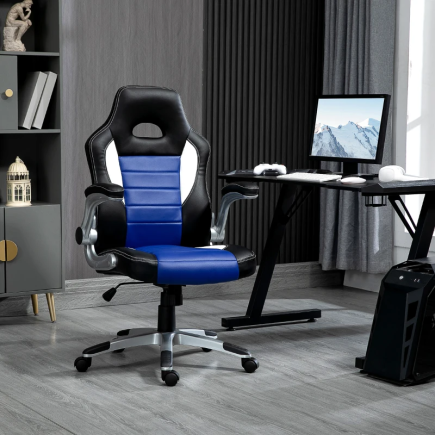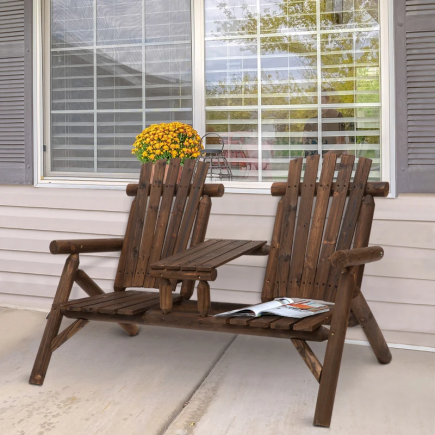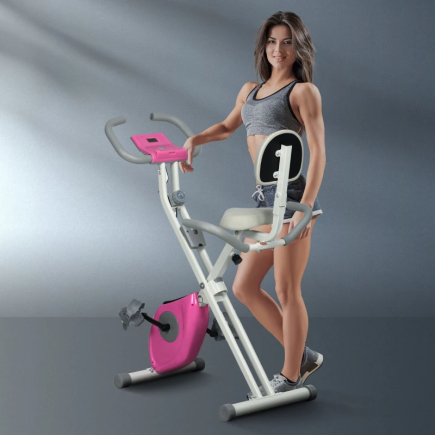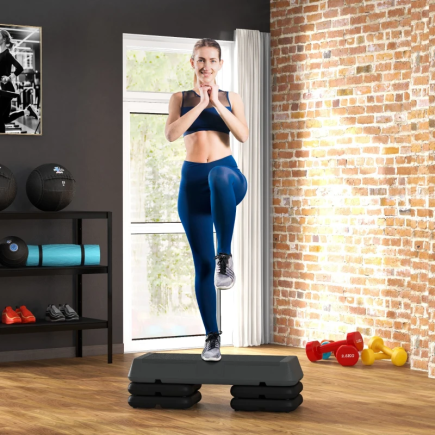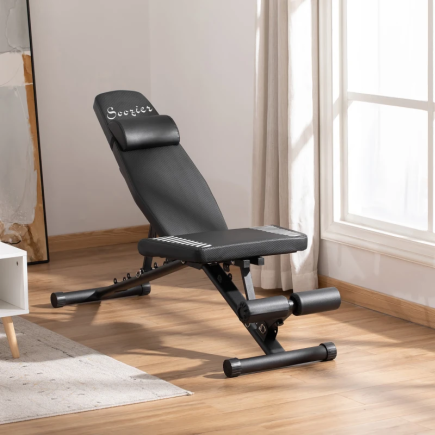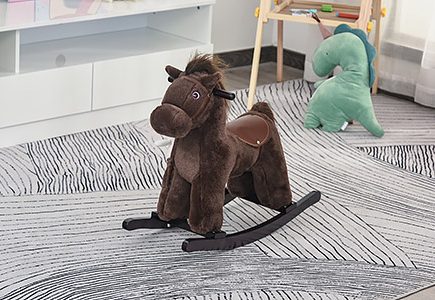
Moving a couch through a narrow door can seem daunting, but with the right techniques and preparation, it’s entirely possible to get your couch into its new space safely and without hassle. In this guide, we will provide step-by-step instructions for tackling the task efficiently. Whether it’s a bulky sectional, a comfy sofa, or a sleek modern design, the following tips will ensure that you can move your couch through tight spaces without damaging the furniture or the door frame.
Tools and Supplies You’ll Need

Before you start, gather the necessary tools and supplies to make the process easier:
- Measuring Tape: To measure the couch and doorway accurately.
- Lifting Straps: To help distribute the weight of the sofa and make it easier to lift.
- Furniture Sliders: To help move the sofa across floors smoothly.
- Screwdriver/Drill: For removing doors, door stops, or hinges if necessary.
- Gloves: To protect your hands while lifting the heavy furniture.
- Helper(s): You’ll need at least one other person to help with the move.
- Towel or Blanket: To protect the couch fabric from scratches or damage.
These tools will ensure that you have a smooth and safe moving experience.
Step 1: Measure the Sofa and Doorway

Before starting the move, it’s crucial to measure both the couch and the doorway. These measurements will determine whether you need to disassemble parts of the couch and which techniques will work best.
Measure the Couch
- Width: Measure across the widest part of the couch, usually from one armrest to the other.
- Height: Measure from the base of the couch to the top of the backrest or highest point.
- Depth: Measure from the front of the sofa to the back.
- Diagonal Depth: This is especially useful for larger sofas. Measure diagonally from the bottom back corner to the top front corner.
Measure the Doorway

- Width and Height: Measure the internal width and height of the door frame to assess if the sofa can fit through.
- Obstacles: Make sure to account for any door stops, trims, or skirting boards that could obstruct the movement.
Step 2: Remove Any Removable Parts from the Sofa
If your couch has removable parts, take them off to reduce the bulk and weight. Removing components such as cushions, throw pillows, and legs will make the couch easier to maneuver through the door.
Steps to Remove Parts
- Cushions and Pillows: Start by removing all cushions, throw pillows, and any other detachable pieces. This will lighten the load and make the sofa more compact.
- Sofa Legs: If the legs are removable, take them off to reduce the height of the couch. This can make a significant difference in fitting the sofa through the doorway.
- Armrests and Other Parts: Some sofas allow you to remove armrests or other parts. If possible, disassemble these elements to give you more room to move the couch.
Step 3: Adjust the Doorway

If your measurements indicate that the sofa will have a hard time fitting through the doorway, you may need to make some adjustments. These simple modifications can help you gain extra space without causing permanent damage to the door frame.
Remove the Door
One of the easiest ways to create more space is by removing the door from its hinges. This adds a few extra inches of clearance and can make a significant difference when moving a bulky sofa.
- How to Remove the Door: Use a screwdriver or drill to remove the screws from the hinges. You may also need a hammer to tap out the hinge pins. Once the pins are removed, carefully lift the door off its frame and set it aside.
Step 4: Moving the Couch: Horizontal, Vertical, or Diagonal?

Now that you’ve prepared both the couch and the doorway, it’s time to start moving. Depending on the size of the couch and the width of the doorway, there are different methods you can use.
Moving the Couch Horizontally:
This is the most straightforward method. If the couch can fit through the doorway in a horizontal position, follow these steps:
- Position the Couch: Align the couch with the doorway, making sure it’s level.
- Lift and Slide: One person should grip one end of the sofa while the other person holds the other end. Slowly and carefully, lift the couch and guide it through the doorway.
- Move Slowly: Make sure to keep the sofa level and move slowly to avoid scraping the walls or the furniture.
Moving the Couch Vertically
If the couch doesn’t fit horizontally, you may need to move it vertically. This method is ideal for taller doorways.
- Stand the Couch on Its End: Place the couch on one of its ends, with the cushions facing out.
- Guide Through the Door: Slowly tilt the couch as you guide it through the doorway. You may need to adjust the angle slightly to get the best fit.
Moving the Couch Diagonally
In particularly tight situations, moving the couch diagonally can help. This technique is especially useful for large or oddly-shaped sofas.
- Tilt the Couch: Stand the couch on one end and tilt it to one side to form a diagonal angle.
- Slide Through the Doorway: With one person at each end, carefully rotate and guide the couch through the door at a diagonal angle. This method allows the couch to fit through spaces that wouldn’t be possible horizontally or vertically.
Step 5: Additional Tips to Make the Process Easier
Use Lifting Straps:
If the couch is heavy, lifting straps can make the process easier and safer. These straps help distribute the weight more evenly, making it easier for two people to carry the couch without straining their backs.
Protect the Couch and Doorway
Use a towel or blanket to cover the sofa, especially the corners and edges. This will protect the fabric or material from damage and prevent scratches on the door frame.
Take Your Time
Don’t rush the process. Moving a couch through a narrow door can be tricky, so it’s essential to move slowly and carefully. Make sure to communicate clearly with your helper to avoid accidents or mishaps.
When to Call in Professionals

If after all these steps, the sofa still doesn’t fit or you feel uncomfortable attempting the move, don’t hesitate to call in professionals. A moving company can help disassemble and reassemble the couch, ensuring that it reaches its destination safely.
Moving a couch through a narrow door is a challenging but achievable task with the right tools and techniques. By following the steps outlined above measuring the sofa and doorway, disassembling parts, and using horizontal, vertical, or diagonal strategies you can ensure a smooth and successful move. Remember to take your time, be cautious, and use protective gear like furniture sliders to keep your couch and walls intact. If you’re planning to buy a new one, check out our collection of Space-Saving Sofas designed to suit tighter entryways and compact spaces.
FAQs
1. What should I do if my couch is still too big to fit through the door after removing the legs?
If removing the legs and cushions doesn’t help, consider moving the couch at an angle or vertically. In some cases, removing the door and door stops might also provide extra clearance.
2. Can I move a sectional couch through a narrow door?
Yes, sectional couches can be disassembled into smaller pieces, making them easier to move through narrow doorways. Remove cushions, arms, and legs, and then move each piece separately.
3. How can I protect my floors while moving the couch?
Use furniture sliders to avoid scratching or damaging your floors, especially if you need to slide the couch across them.
4. Is it okay to move the couch by myself?
It’s always best to have at least one helper. A couch is heavy, and moving it alone could be unsafe, especially when trying to navigate tight spaces.

